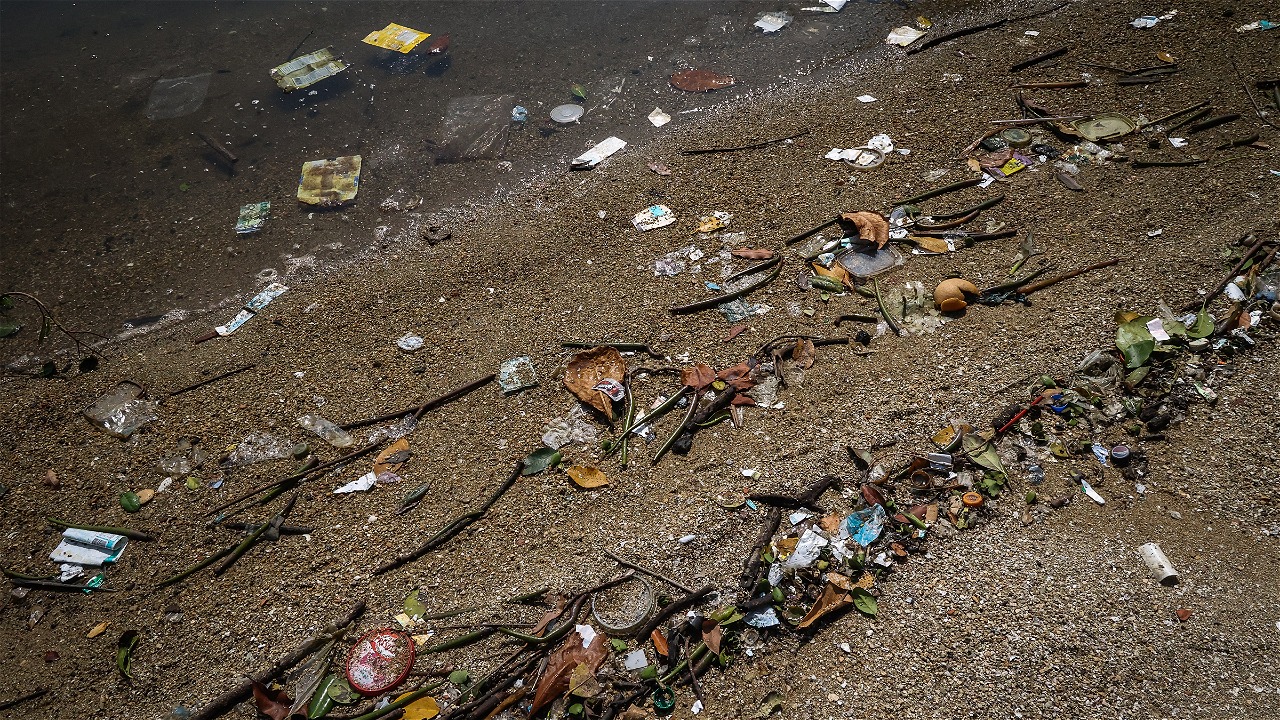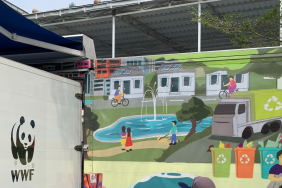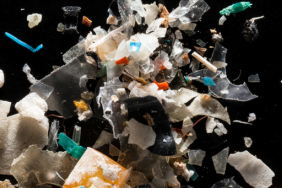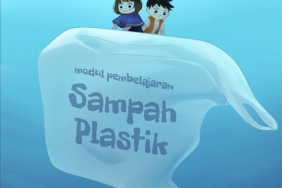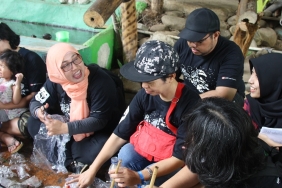BUILDING A CITIZEN SCIENCE NETWORK FOR COLLABORATION TO TACKLE INDONESIA'S OCEAN PLASTIC WASTE
By: Made Putri Karidewi (Plastic Free Ocean Program, WWF-Indonesia)
About 1.3 million tons of plastic waste flows into Indonesia's oceans every year, polluting the environment and increasing the risk of ecosystem damage. In fact, it threatens the survival of marine life. Various cases of marine life dying from eating plastic have raised national and global awareness of the dangers of ocean plastic waste.
The government is targeting a 70% reduction in ocean plastic pollution by 2025 - a goal that WWF-Indonesia supports by initiating the Plastic Free Ocean Program, which focuses on efforts to reduce plastic waste pollution in the oceans - targeting cities, major tourism areas, and marine protected areas (MPAs).
But when it comes to ocean plastic waste, do we really know what we're dealing with? Do we know what plastic waste is in Komodo Island, to the coast of Bira Beach in Makassar.
So far, the coast has been one of the areas affected by the presence of marine debris stranded due to the influence of ocean currents, wind conditions, and tidal waters that cause the movement of garbage in the sea. In-depth research and data on marine plastic debris along our coastlines is urgently needed. Unfortunately, the availability of science-based data and information on marine plastic debris is still limited.
Even when they do exist, they are often difficult to access by the public. In fact, national data on marine debris is important for making strategic policies and better management of marine debris in the future.
With monitoring, we will understand the issues related to marine debris while describing the marine debris problem (type, source, distribution) to then formulate waste management strategies and solutions. From here, we then move on to assessing the effectiveness of these management strategies, legislation and regulations.
Establishing a Network of Citizen Science as a Pro-Collaboration Solution
One alternative solution that is currently being pioneered to deal with these conditions is to establish a digital national public platform, a citizen science network (CSN) dedicated to surveying and collecting data on ocean plastic waste.
Citizen science is public involvement in conducting science-based data collection. Forming a citizen science network means bringing together volunteers from all walks of life, from academia, government, organizations, institutions, businesses, to tourists and local communities - not just in an offline activity, but in a digital platform.
All of these stakeholders can also use the citizen science network as a forum to exchange ideas in conducting surveys and data collection of marine plastic debris, and strengthening programs and activities to deal with marine plastic debris in Indonesia.
To support the citizen science network, a science methodology is used that is relatively simple and can be carried out by the public with a wide area coverage. So, any group or individual can monitor the waste in their area using this methodology, and contribute their data to the citizen science platform.
Realizing the citizen science network means providing data and information on ocean plastic debris for public interest and accessible to the public through a website and application.
Publicly Usable Waste Data Collection Methods
The Commonwealth Scientific and Industrial Research Organisation (CSIRO), an Australian research institute, introduced a way to map coastal litter distribution using random sampling. At each observation point, we record the amount and type of waste found every 100 meters. For example, whether it is food or beverage packaging, the text, and the amount.
The CSIRO method has been applied by researchers from the Faculty of Marine and Fisheries (FKP) of Udayana University who spread throughout the coast of Bali in November 2017. "As a result, it was found that most (45%) types of waste in coastal Bali are 'soft' plastic, hard plastic (15%) and iron. Others are rubber, wood, foam, clothes, glass, and others," said Dr. I Gede Hendrawan, a researcher who led the series of waste research in Bali.
"Of the plastic waste, the most is plastic food packaging (40%) or labeled, then straws (17%), and plastic bags (15%)," he continued.
The result of applying this methodology is the collection of continuous time series data which is then analyzed to track the condition and changes in the status of a coastal area from plastic waste pollution over time. The results of the data analysis are then used as input in practicing the best management methods.
Currently, various movements to clean up marine debris have been practiced by various levels of society throughout Indonesia. Starting from communities, to corporate agencies. Imagine if everyone took part in recording the waste they removed from a coastal area, and compiled the data into a network of citizen science. Then, mutual cooperation in dealing with Indonesia's marine debris in a sustainable and scientifically-based manner is no longer a dream. We are paving the way to get there.

